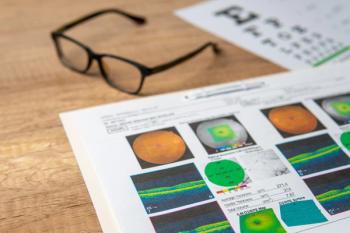
The country aims to ensure that more than 95% of patients with diabetes receive timely retinal examinations.

The country aims to ensure that more than 95% of patients with diabetes receive timely retinal examinations.

The drops are formulated to target bacteria that cause infections such as bacterial conjunctivitis, otitis externa, and swimmer’s ear.

CLI Visionaries will be discussing these initial findings during Vision Expo West in the “Shifting Focus: How the Next Generation Sees Contact Lens Wear and Eye Care” panel.

The study compared visual, refractive, and patient-reported outcomes following implantation of enVista Envy and the enVista monofocal intraocular lens (IOL) in patients undergoing cataract surgery.

The lens will be available to order on September 17 in the US.

The lesion area growth was reduced by more than 50% in its first human clinical trial of K8.
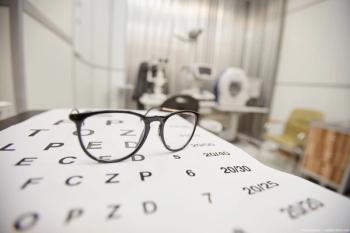
Catch up on the top stories in optometry during the week of September 8-September 12.

A total of 293 optometrists, practice owners, and managers were involved in the survey.
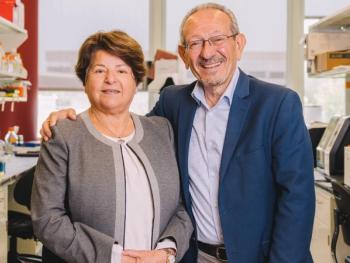
Researchers will investigate a gene in the eye that is crucial for normal vision, but can cause retinal diseases when mutated that often lead to blindness.
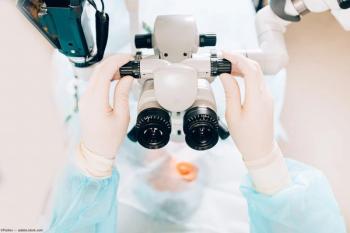
wavelight plus was first launched in China, with several European and Asia-Pacific markets following suit.

Award winners will be recognized during the Academy 2025 meeting in Boston, Massachusetts, running from October 8 to 11.

Xiidra is a prescription eye drop used to treat the signs and symptoms of dry eye disease (DED) and works by targeting the source of inflammation.

The trial will evaluate the solution in treating significant, chronic night driving impairment in keratorefractive patients with reduced mesopic vision.
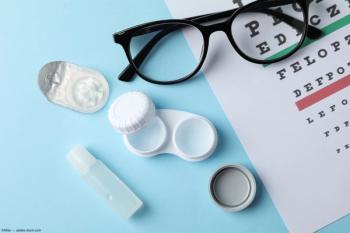
The lens portfolio includes spherical, aspheric, toric, multifocal, multifocal toric, reverse geometry, and keratoconic contact lenses.

Catch up on the top stories in optometry during the week of September 1-September 5.
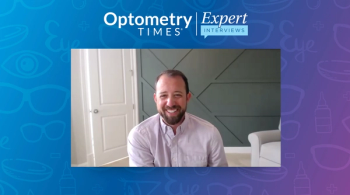
Dan Ignaszewski, executive director of the Alliance for Eye and Vision Research and the National Alliance for Eye and Vision Research, provides insight into the new campaign and how to get involved.
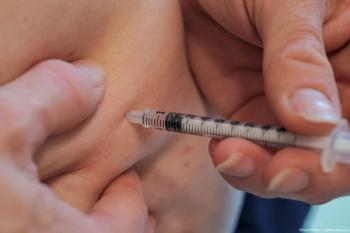
Findings from the retrospective, observational study support the potential anti-inflammatory benefits of the drug class.

The optometric giant recently passed away at the age of 97.

The company stated that the distinguishing feature of the new Ahmed ClearPath ST is its smaller tube lumen.
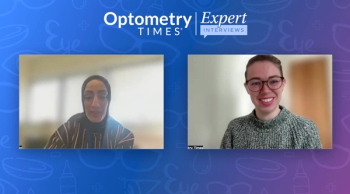
Naureen Haroon, OD, MPH, FAAO, founder of the newly formed WHSIG, said the group's primary aim is to educate the optometric community about why certain eye conditions disproportionately affect women.
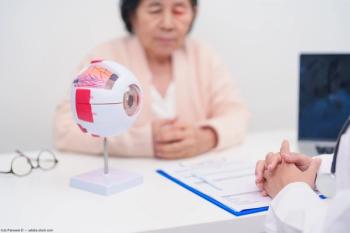
Dry eye specialists weigh in on what role dry eye plays in their practices.

The research, published in JAMA Health Forum, examined 950 AIMDs approved by the US Food and Drug Administration as of November 2024.

The latest in drug and technology developments and updates from August 2025.

Catch up on the top stories in optometry during the week of August 25-August 29.

Vision insurance coverage was also noted in the report as higher among younger and higher-income Canadians.

The Japan’s Ministry of Health, Labor, and Welfare approved the lens for manufacturing and sale in the country.
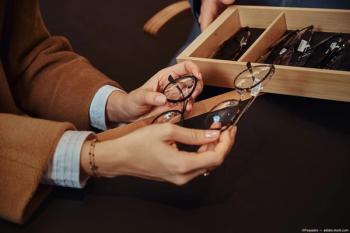
As many as 9 in 10 providers report tariffs having most strongly impacted wholesale eyewear prices, with 8 out of 10 stating that tariffs are affecting wholesale practice supplies.

Those eligible for the award are providers in the US or Canada that prescribe or support soft contact lenses.

The study will be evaluating the safety, tolerability, and efficacy of QLS-111 in adult patients with normal tension glaucoma.

Sheila Setork, OD, gives insight and advice on how to optimize daily disposables in order to improve retention rates and introduce more patients to contact lenses.